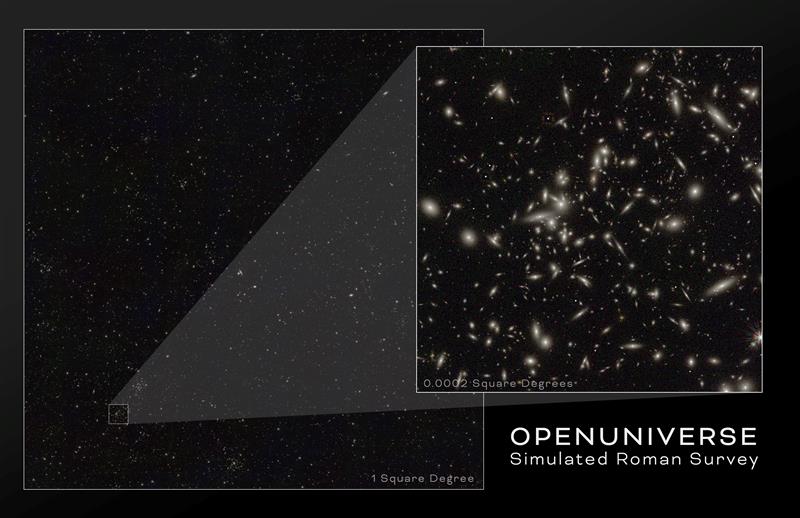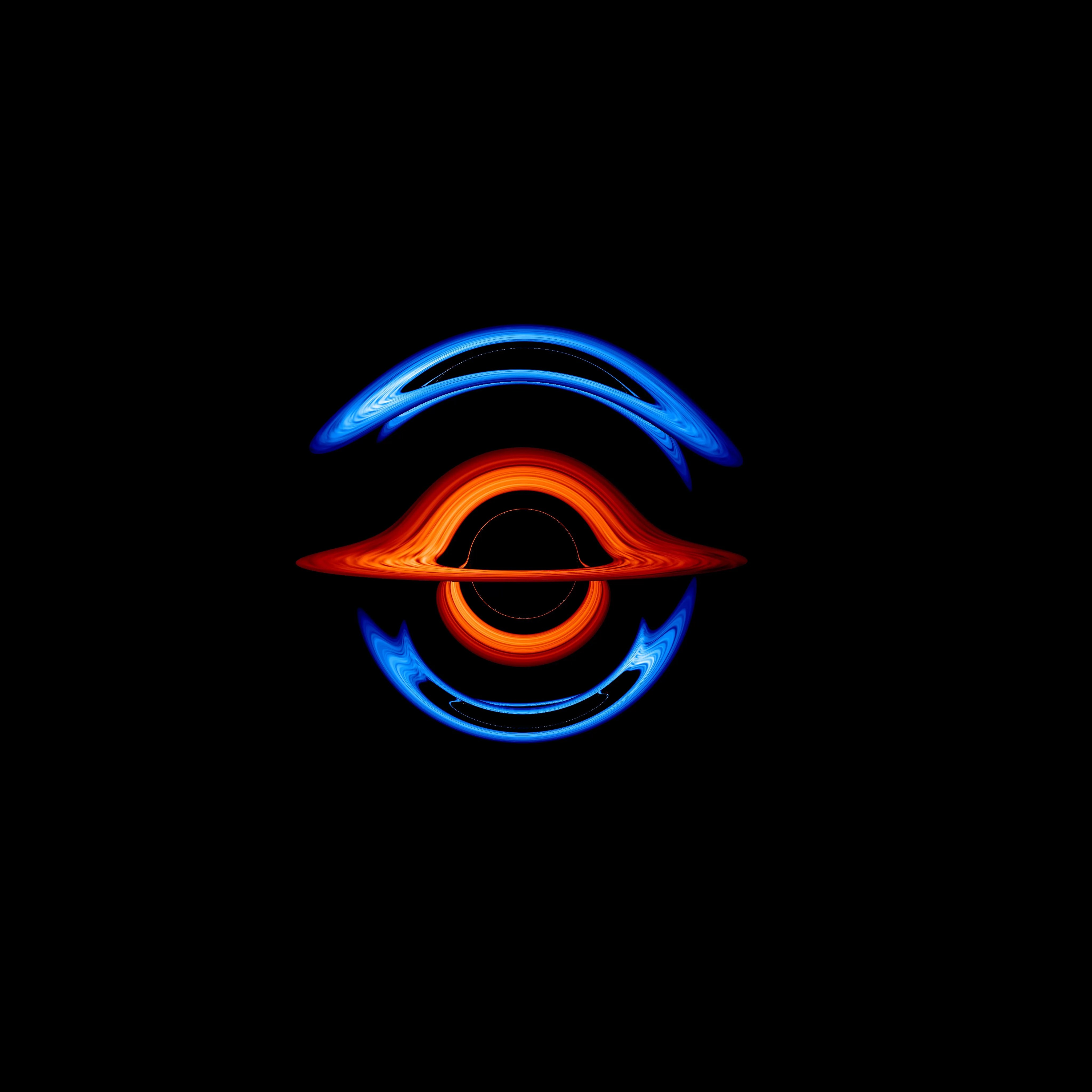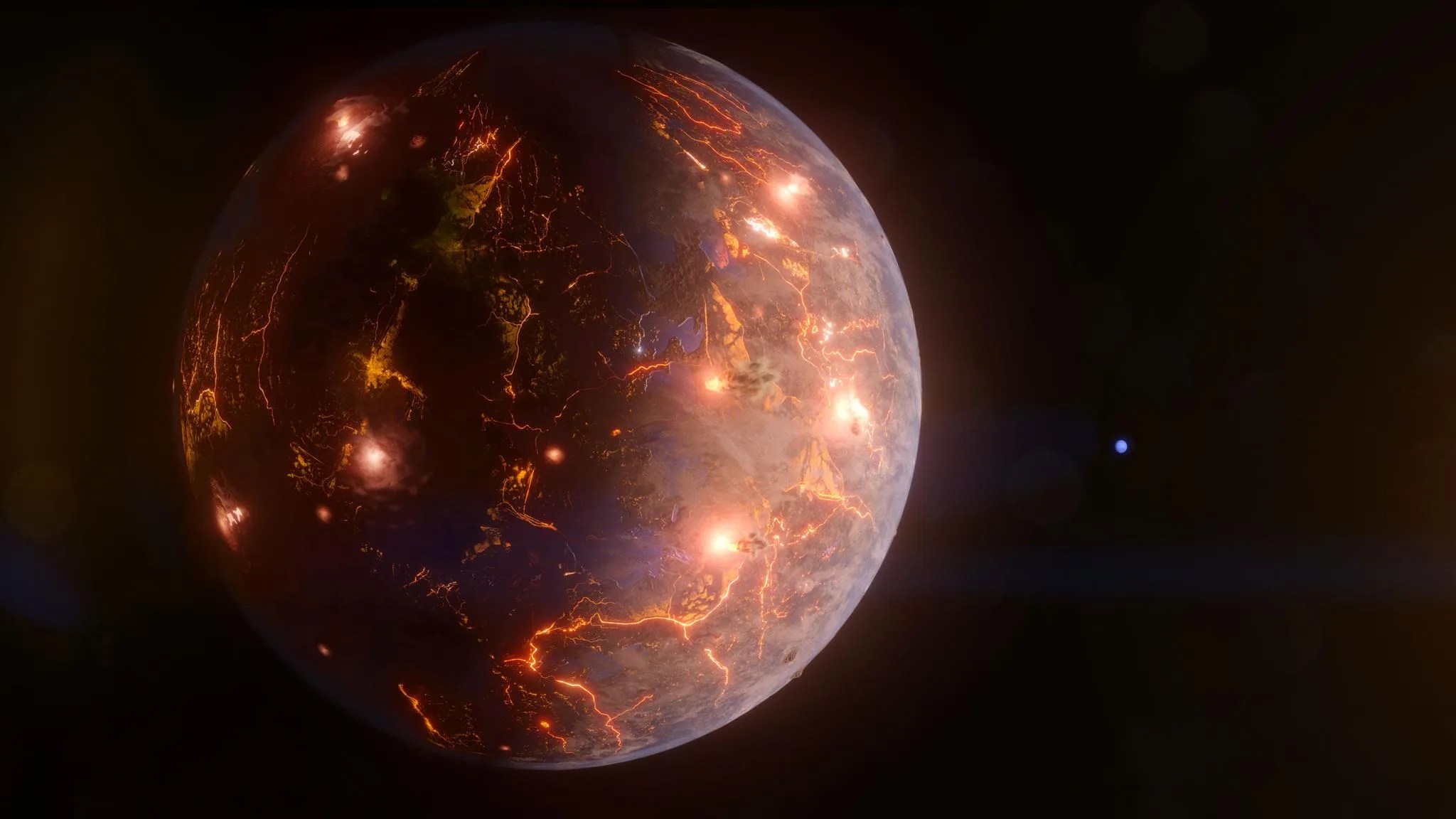The Universe’s Building Blocks
Everything scientists can observe in the universe, from people to planets, is made of matter. Matter is defined as any substance that has mass and occupies space. But there’s more to the universe than the matter we can see. Dark matter and dark energy are mysterious substances that affect and shape the cosmos, and scientists are still trying to figure them out.

Normal Matter
Normal matter makes up everything we can directly observe. We can view it in visible light with our own eyes or through a telescope that can detect light we can’t see, like ultraviolet or infrared. Most normal matter is made up of atomic particles: protons, neutrons, and electrons. It can exist as a gas, solid, liquid, or plasma of charged particles. While normal matter is everywhere in our daily lives, it composes less than 5% of the total universe.
Dark Matter
Like ordinary matter, dark matter takes up space and holds mass. But it doesn’t reflect, absorb, or radiate light – at least not enough for us to detect yet.
While scientists have measured that dark matter makes up about 27% of the cosmos, they’re not sure what it is. Theories include several kinds of as-yet unidentified types of particles that rarely interact with normal matter.

Astronomers didn’t even know dark matter existed until the 20th century. In the 1930s, Swiss astronomer Fritz Zwicky coined the term while studying the Coma galaxy cluster, which contains more than 1,000 galaxies. The speed at which galaxies within a galaxy cluster move depends on the cluster’s total mass and size. Zwicky noticed that galaxies in the Coma cluster were moving faster than could be explained by the amount of matter astronomers could see there.
It wasn’t until the 1970s that U.S. astronomer Vera Rubin confirmed the existence of dark matter by studying how individual galaxies rotated. She and her colleagues found that individual galaxies may contain invisible mass made of dark matter.
Scientists today think dark matter exists in a vast, web-like structure that winds through the whole universe – a gravitational scaffold that attracts most of the cosmos’ normal matter. They’ve determined that dark matter isn’t composed of known particles of matter because the universe would look very different if it were. The search for what makes up dark matter continues.
Dark Energy
Dark energy may compose roughly 68% of the universe, but scientists know even less about it than they do about dark matter. But something like dark energy must exist to explain the universe’s accelerating expansion.
Since the late 1920s, astronomers have known that the universe is expanding. In the 1990s, observations of distant star explosions, called supernovae, showed that the universe expanded more slowly in the past than it does now. The reason for this remains unclear, but the leading explanation is that the universe contains something that has a repulsive gravitational effect – it pushes the universe apart instead of pulling it back together. This phenomenon is called dark energy.











